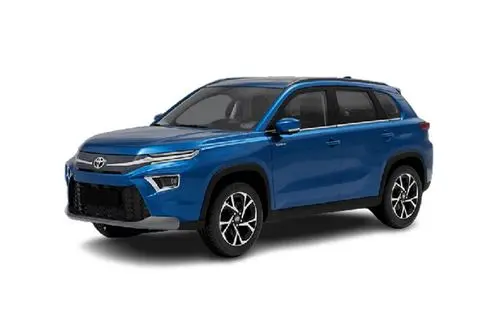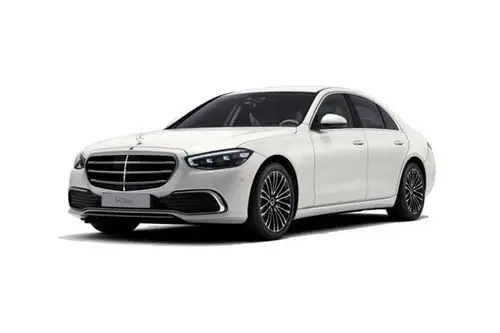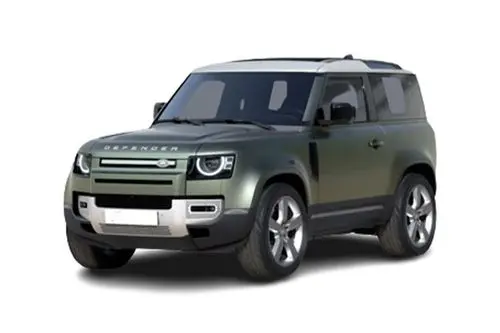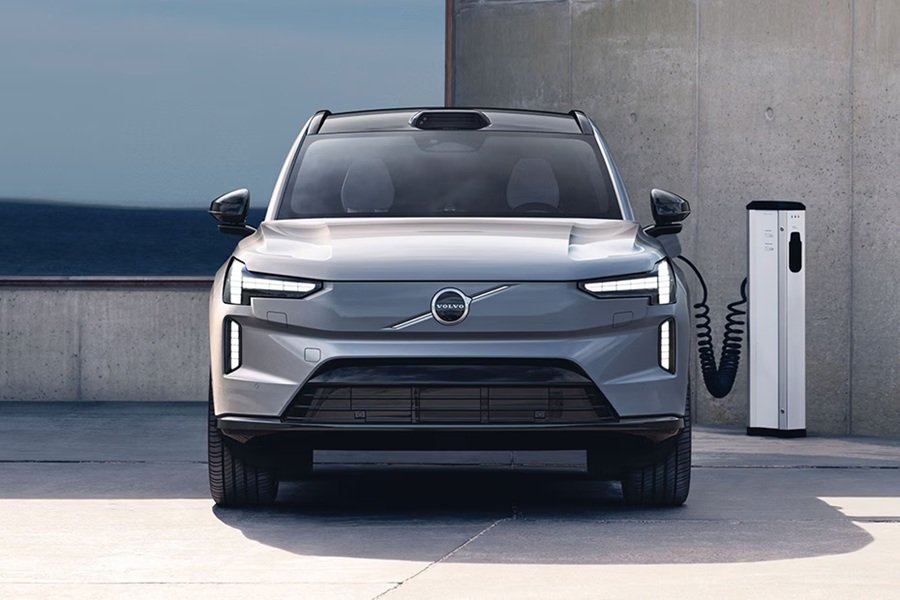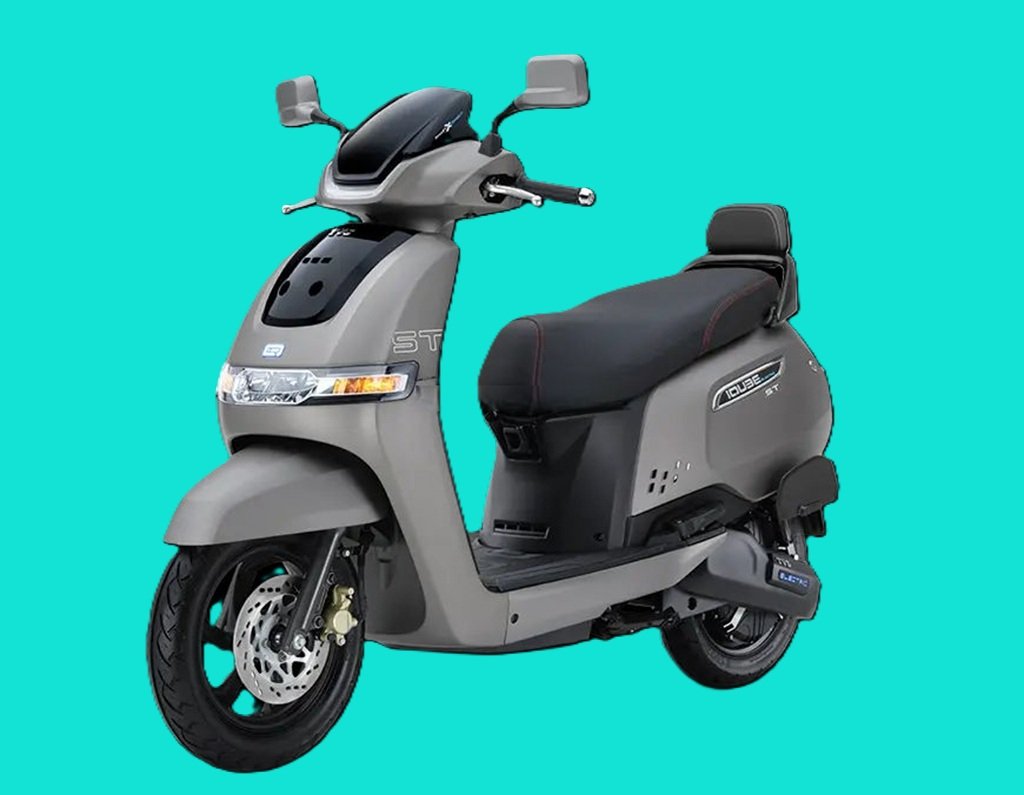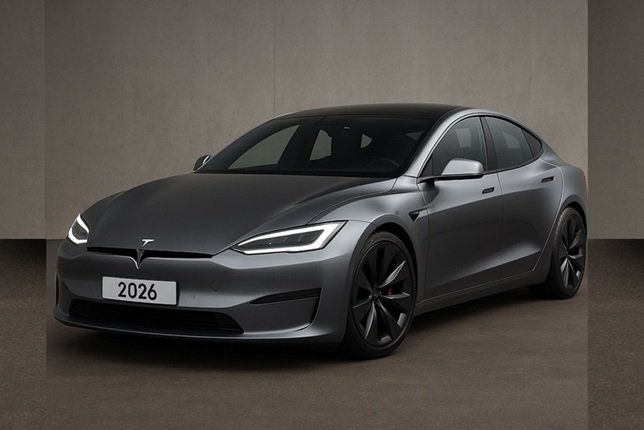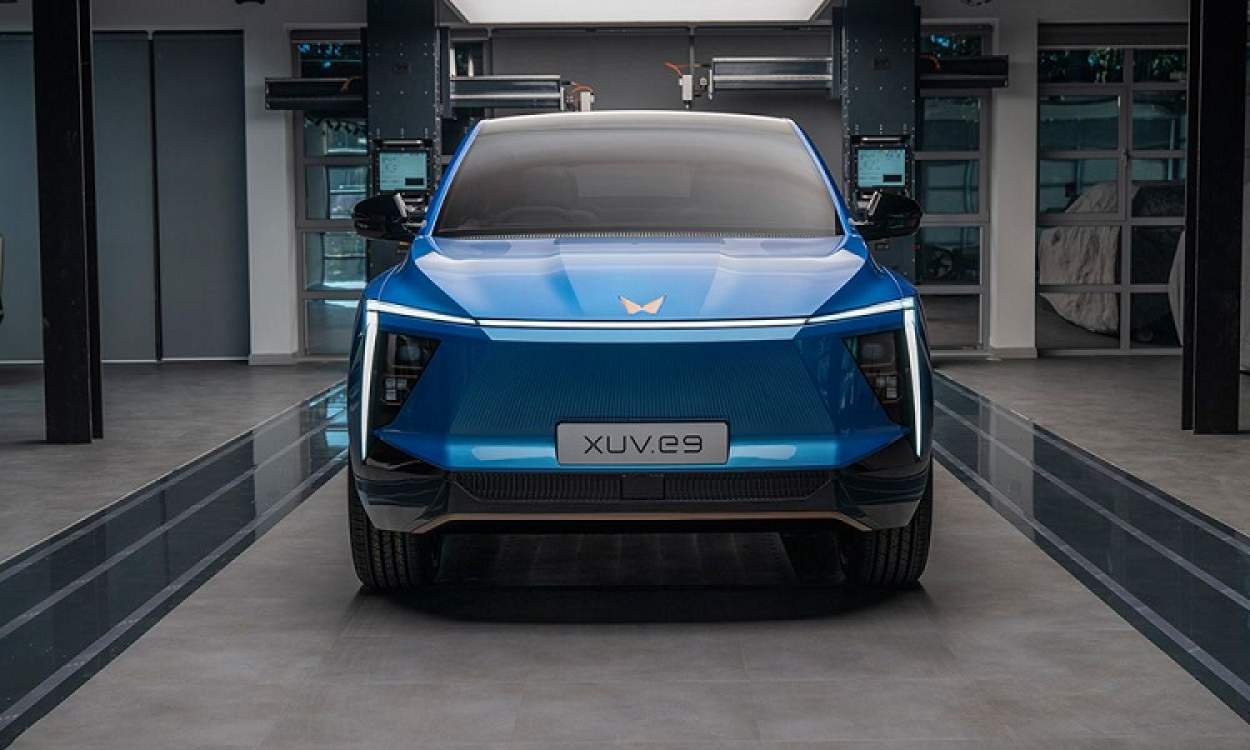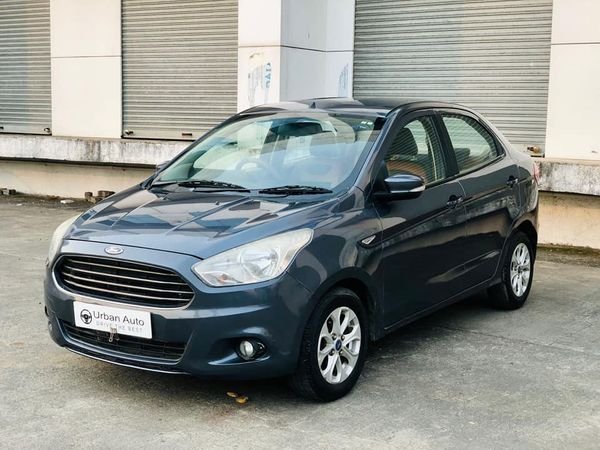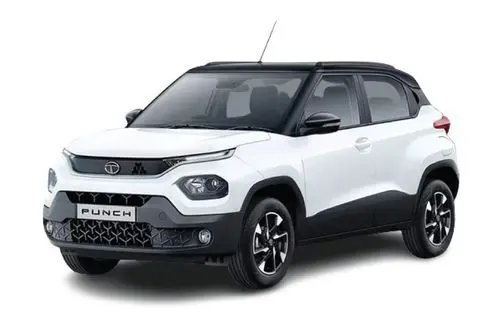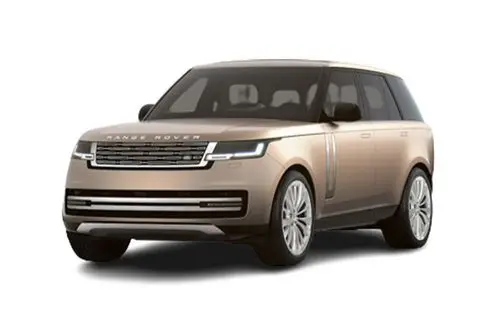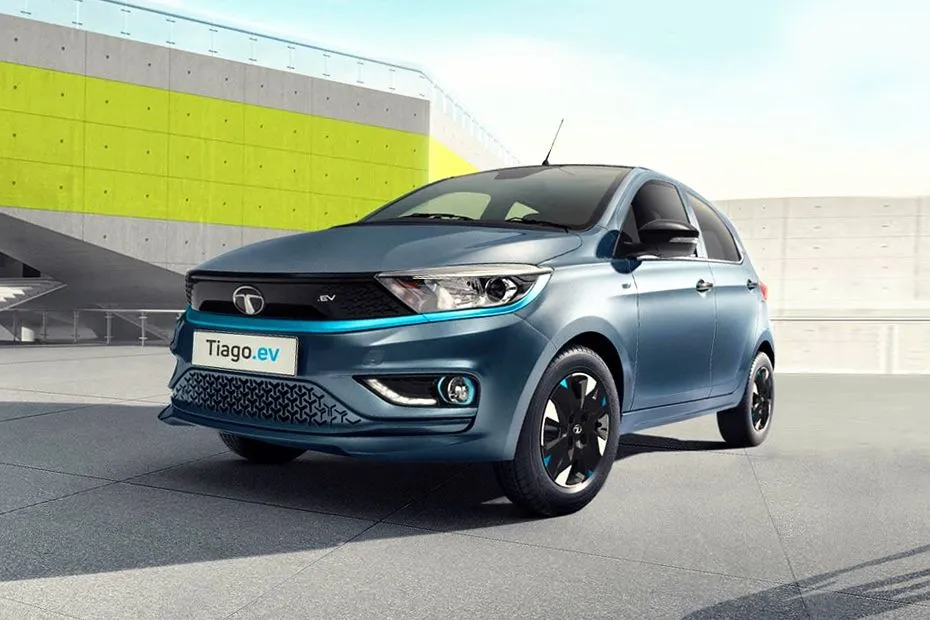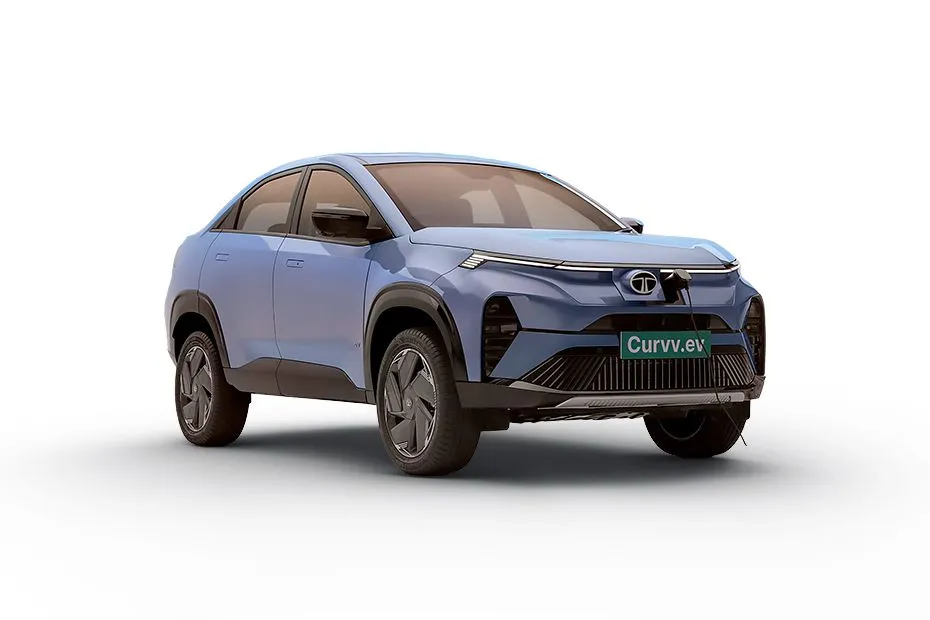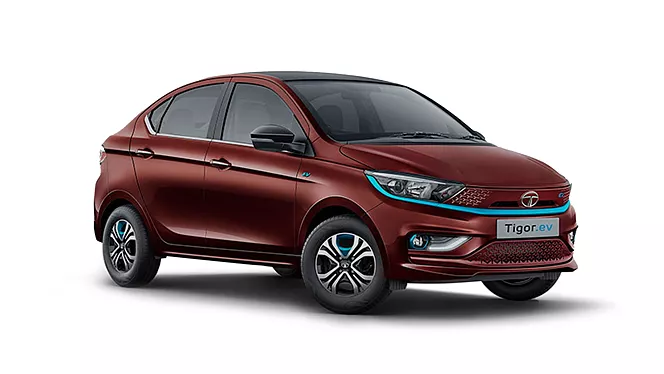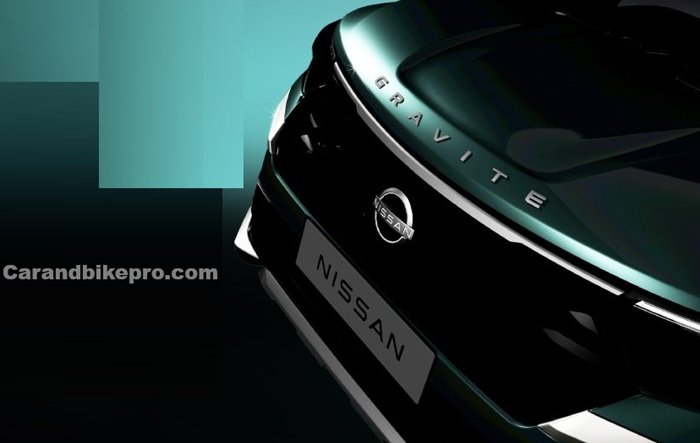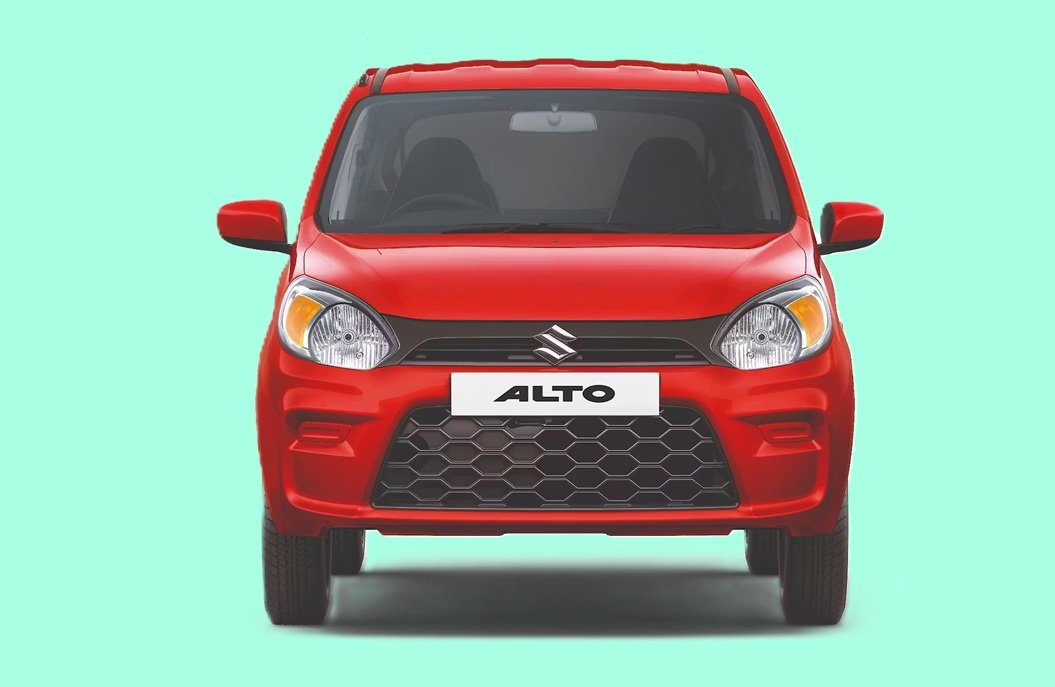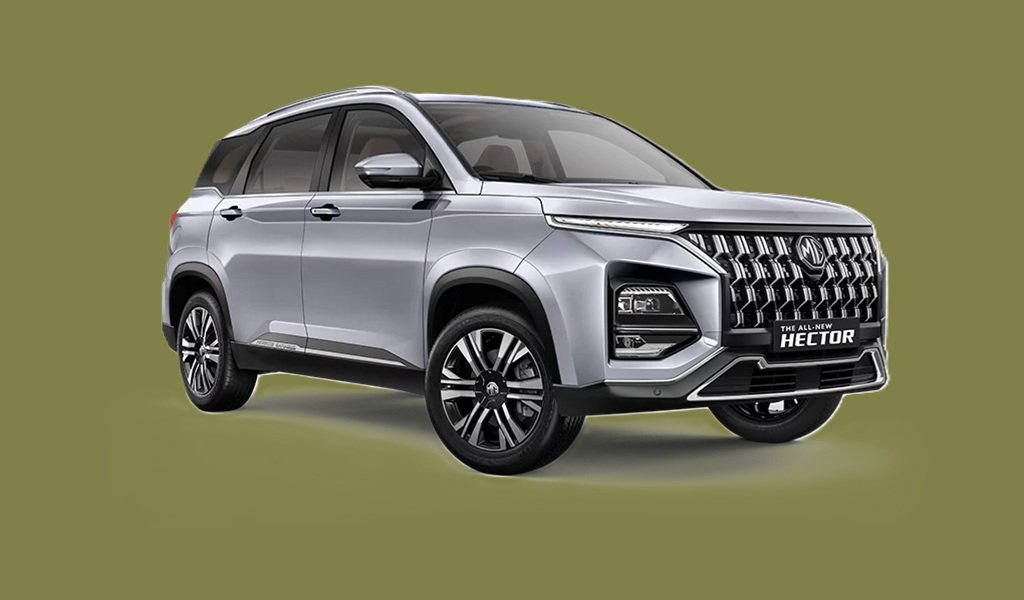TVS iQube ST India’s electric two-wheeler market has seen a surge of innovation, and among the pioneers driving this transformation is TVS Motor Company. With the TVS iQube ST, the brand has created a smart, practical, and premium electric scooter that balances performance, range, and modern design. Positioned at the top of the iQube lineup, the ST variant represents the pinnacle of what an Indian electric scooter can offer — clean power, intelligent technology, and everyday versatility.
Design: Modern, Minimal, and Mature
At first glance, the TVS iQube ST embodies modern sophistication. Unlike some overly futuristic EV designs, TVS has opted for a balanced aesthetic that appeals to both traditional and new-age riders. The scooter maintains a familiar silhouette, enhanced with smooth lines, LED illumination, and premium finishing.
The front fascia features a distinctive U-shaped LED DRL, giving the iQube ST a signature look. The headlamp and tail-light designs are sleek and fully LED-based, offering excellent visibility. The overall bodywork feels solid and well-constructed, reflecting TVS’s quality manufacturing.
The scooter is available in multiple attractive shades, each adding a touch of character while retaining a mature visual appeal. The wide seat, ample legroom, and large 32-litre under-seat storage make the iQube ST a great option for families and daily commuters alike. There’s even enough space to store a full-face helmet, which many scooters fail to accommodate.
Performance: Clean Power, Confident Ride
The TVS iQube ST is powered by a 4.4 kW (peak) electric motor, delivering smooth and responsive performance. The instant torque characteristic of electric powertrains ensures brisk acceleration, especially from a standstill. Whether you’re navigating through traffic or cruising on open roads, the iQube ST feels confident and lively.
It offers a top speed of around 82 km/h, which is ideal for urban riding as well as short highway stretches. The acceleration is linear and smooth, making it perfect for first-time EV riders and experienced commuters alike.
The scooter comes with two riding modes – Eco and Power. In Eco mode, the focus is on maximizing range, while Power mode allows for a sportier, more dynamic ride. Even in Power mode, the throttle response remains refined, avoiding sudden jerks that some electric scooters exhibit.
Battery and Range: Designed for Real-World Use
One of the strongest aspects of the iQube ST is its 5.1 kWh lithium-ion battery pack, which offers an impressive claimed range of up to 150 km on a single charge. This makes it one of the longest-range electric scooters in India, perfectly suited for urban as well as suburban commutes.
Charging convenience is another highlight. TVS offers both fast charging and standard charging options. With the standard charger, the scooter takes around 4.5 hours for a full charge, while the fast charger (available as an accessory) can top up the battery to 80% in just over an hour.
The battery is IP67-rated for dust and water resistance, ensuring reliable performance in diverse weather conditions. Additionally, TVS has designed the battery system to deliver consistent performance over time, with intelligent thermal management and multiple safety layers.
Ride and Handling: Comfort Meets Control
The iQube ST rides on a tubular steel frame with telescopic front forks and twin hydraulic rear shock absorbers. This setup provides a comfortable ride over potholes and uneven city roads while maintaining stability at higher speeds.
Its 12-inch alloy wheels are wrapped in grippy tubeless tires that inspire confidence, especially during quick maneuvers. The front disc and rear drum braking system, combined with a regenerative braking function, ensures smooth and predictable stopping power.
The scooter’s kerb weight of around 128 kg gives it a planted feel without compromising agility. TVS engineers have tuned the suspension perfectly for Indian road conditions, striking a fine balance between comfort and control.
Technology: The Smartest TVS Yet
What sets the iQube ST apart from many rivals is its deep integration of smart features. It comes with a 7-inch TFT touchscreen display that supports Bluetooth connectivity, voice assist, and over-the-air (OTA) updates.
Through the TVS iQube app, riders can access turn-by-turn navigation, geo-fencing, remote battery status, ride analytics, and even locate the scooter using GPS. The dashboard can also display incoming call and message notifications when paired with a smartphone.
Another clever feature is the keyless start/stop system, which adds convenience and security. Riders can also choose personalized display themes and access information like trip statistics, estimated range, and charging status.
In true smart-scooter fashion, the iQube ST even offers smart charging notifications, letting you monitor your charging progress remotely.
Safety and Reliability
Safety has been a major focus for TVS while developing the iQube ST. The scooter’s braking system, reinforced frame, and stability at higher speeds ensure rider confidence. The LED lighting setup enhances visibility at night, and the side-stand cut-off feature prevents accidental throttle engagement.
The battery pack is tested for extreme conditions, offering high levels of protection from voltage fluctuations and heat. With TVS’s nationwide service network and proven reliability, the iQube ST offers long-term peace of mind — something not every startup-backed EV can guarantee.
Practicality and Daily Usability
The TVS iQube ST is built with Indian riders in mind. Its ample under-seat storage, roomy seating, and wide footboard make it family-friendly and convenient. There’s even a USB charging port for mobile devices, and the seat design provides excellent cushioning for both rider and pillion.
One of its underrated strengths is silent and vibration-free performance. The absence of engine noise makes every ride more relaxing, while the responsive motor ensures no compromise in power delivery.
For city riders, the iQube ST makes everyday commutes effortless — no clutch, no gear changes, just twist and go. Combined with low running costs and minimal maintenance, it’s an attractive proposition for urban professionals and families alike.
Price and Variants
As of October 2025, the TVS iQube ST is priced at approximately ₹1.55 lakh (ex-showroom, India). While it sits at the premium end of the electric scooter spectrum, the features, performance, and brand reliability justify the pricing.
Other variants in the iQube lineup include the iQube and iQube S, which are priced lower but offer smaller battery capacities and fewer smart features. The ST remains the most advanced, catering to those who want a fully loaded, future-ready electric scooter.
Sustainability and the Future of EVs
TVS has been proactive in promoting sustainable mobility through the iQube platform. The iQube ST is part of the brand’s larger vision to transition toward cleaner energy solutions without compromising on quality or performance.
By manufacturing most components locally and ensuring battery recyclability, TVS aligns with India’s push for a greener transport ecosystem. The iQube ST also proves that electric mobility can be both aspirational and practical, setting a new benchmark for the segment.
Final Verdict: Premium, Smart, and Future-Ready
The TVS iQube ST successfully bridges the gap between everyday practicality and futuristic technology. It delivers a complete package — refined design, ample performance, long range, and smart connectivity — all backed by the trust of a leading Indian brand.
For riders seeking a reliable electric scooter that can handle daily commutes, family rides, and even weekend errands with ease, the iQube ST is a standout choice. It’s not just about moving from point A to B; it’s about doing it efficiently, silently, and intelligently.
As electric mobility continues to evolve in India, the iQube ST stands tall as one of the best examples of what an Indian electric scooter can achieve when innovation meets real-world usability.












